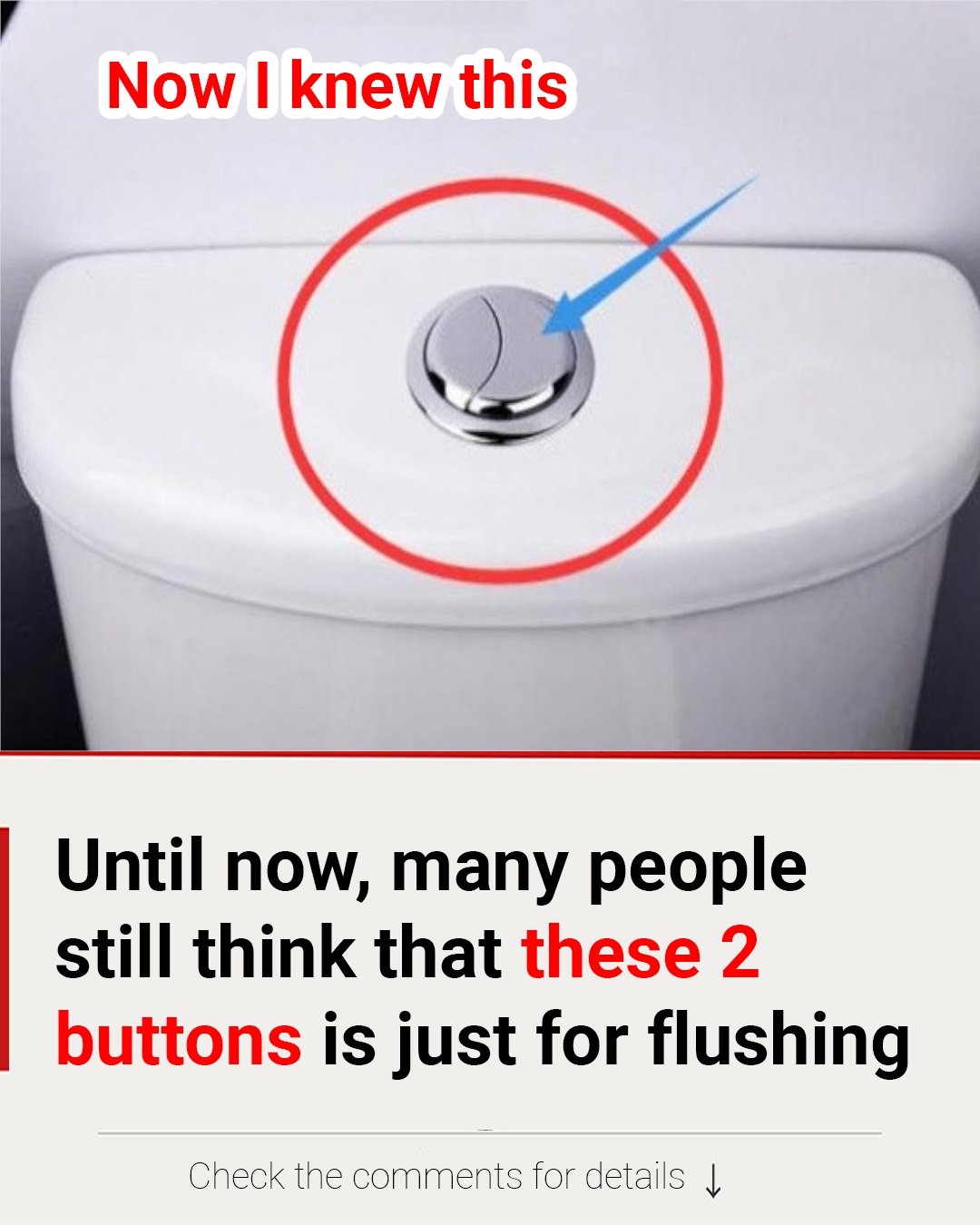Dual flush toilets might look ordinary at first glance, but the two flush buttons serve an important purpose beyond just flushing. Designed to promote sustainability, these toilets offer users the option of a smaller flush for liquids and a full flush for solids, helping to significantly reduce water usage.
Standard toilets use the same amount of water—often around 13 liters—for every flush regardless of waste type. Dual flush toilets change this model by releasing only 3 to 4.5 liters for liquid waste and 6 to 9 liters for solid waste, conserving water without sacrificing effectiveness.
The water savings accumulate over time and across households, with some families saving thousands of liters annually. This makes dual flush toilets a practical eco-friendly upgrade that also reduces utility costs.
Introduced in Australia in 1980 after being proposed by Victor Papanek in the 1970s, dual flushing has become widespread in modern homes and public restrooms worldwide.
To get the most from these toilets, always use the smaller button for liquid waste and the larger for solids. Proper use ensures water isn’t wasted unnecessarily, and the system functions efficiently.
Beyond saving water, dual flush toilets often contribute to fewer blockages due to gravity-based flushing systems. Modern designs blend functionality with aesthetics, making these toilets as stylish as they are smart.
In a world facing water shortages, dual flush technology highlights how thoughtful design can address serious environmental challenges.


